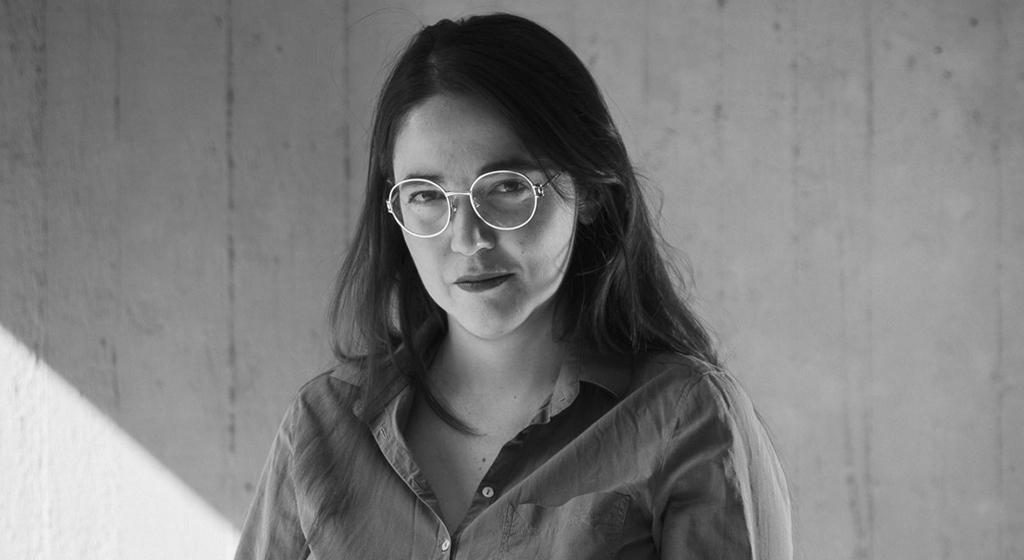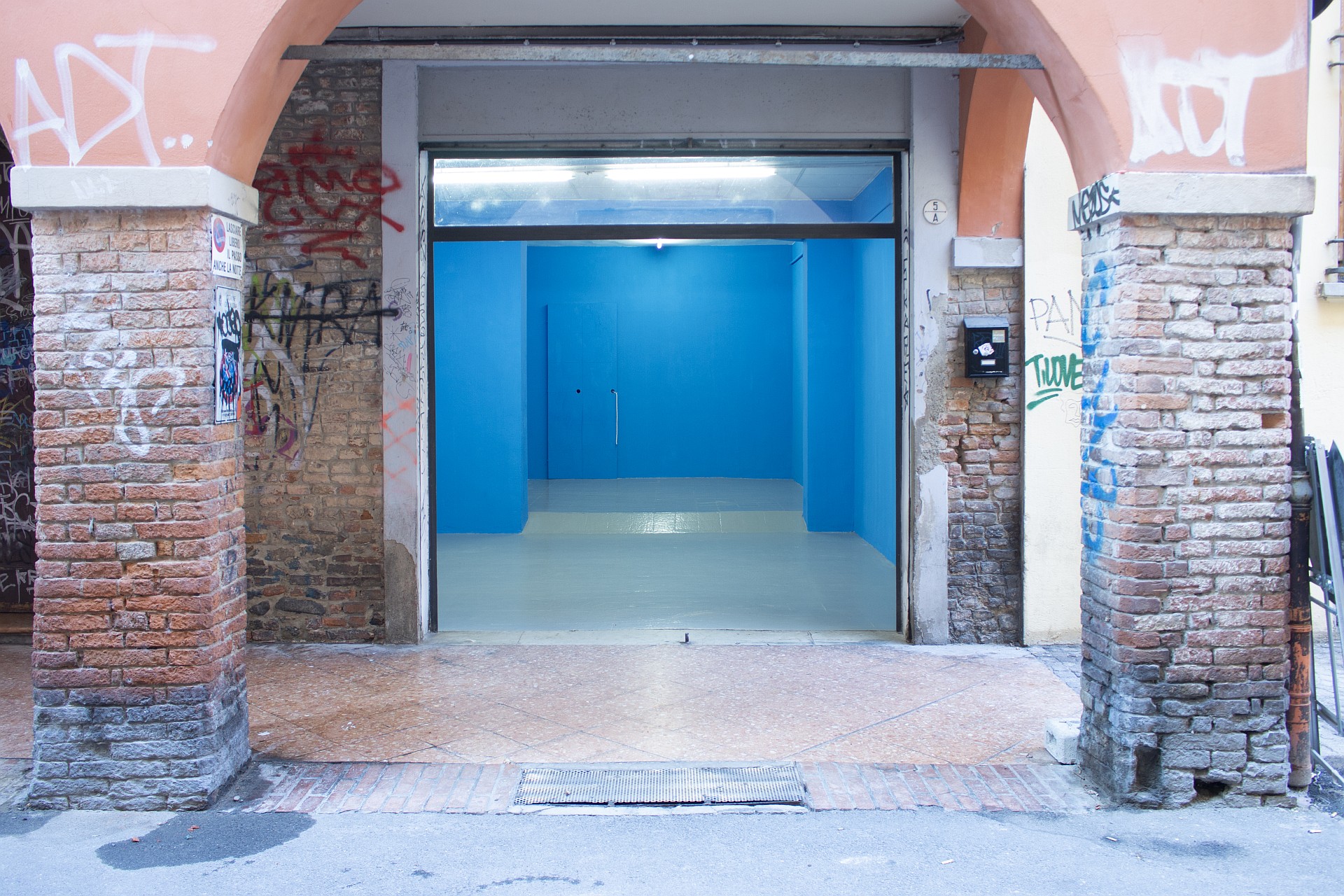Caterina Molteni

Caterina Molteni (b. Milan, 1989) is the Assistant Curator at MAMbo - Museo d'Arte Moderna di Bologna. From 2016 to 2019 she was the director of the Public Program and Digital Contents at the Castello di Rivoli Museo d'Arte Contemporanea in Rivoli-Turin. In 2015 she collaborated with the Fondazione Sandretto Re Rebaudengo in Turin.
In 2014 she co-founded Tile Project Space, a space project devoted to studying Italian artists and, in 2016, was one of the founders of Kabul Magazine, with which she worked until 2018. In 2019 she created the Bagni d'Aria self-transformation school with Mattia Pajè and Alice Visentin. She has contributed articles to Flash Art, CURA., Nero Editions, and Kabul Magazine.
Bologna is completely new to me. Before I came to work at MAMbo Museo d’Arte Moderna, I knew very little about the city, and my idea of it would change according to what I heard from my friends and acquaintances.
My first filter for seeing the city was based on the independent spaces I knew from my work at Tile Project Space in Milan, a non-profit that I founded and that remained active from 2014 to 2019.
My guide to Bologna was Mattia Pajè, co-founder, artist and director of Gelateria Sogni di Ghiaccio, one of the city’s main artist-run spaces, which has been promoting new generations of Italian and foreign artists since 2016. Created in the spaces near the only porticos of via Tanaro Vecchia, it was founded (as often happens) because he needed to share his work with other artists and to foster collaboration and dialogue. Gelateria Sogni di Ghiaccio is above all a place of absolute freedom, made possible by its director’s careful and critical approach, which “creates space” for ideas and for new artistic and curatorial methods.
I arrived in Bologna in February, and soon had to cope with the quarantine. My discussions with Pajè focused on the future of independent spaces, which could adapt to new circumstances but were also extremely fragile. We were worried about not having an opening, because that would eliminate the sociality that stimulated us and made all the organising less tiring. So we looked for other reasons (perhaps more idealistic), linked to our responsibility to the public and to our desire to continue providing new views of the strange world we’re living in.
These days the walls in Gelateria Sogni di Ghiaccio are sky-blue, and a closed door with a long white Scooby-Doo is installed: it’s Ogni anno è il mio anno (Every year is my year), Gianlunca Concialdi’s installation that brought to Bologna one of the defining features of the Taverna Azzurra in Palermo’s famous Vucciria market. If at first glance you’re struck by the sadness of a closed tavern, without any chairs, tables or people, the emptiness then seems to fill with the blurred chatter that epitomises these places: the familiar background of regulars at small bars and coffee shops. As Pea Brain suggests in the text for the installation, “Contemplate, train your eyes for the salty taste of happy tears. Enjoy the connecting emptiness, bringer of stars and pebbles. Drink to the health of the sail, sky, sea, the placenta that nourished you. We are with us, always.” Emptiness, seen every day in newspaper reports, can be transformed by stimulating other senses - ancient feelings that don’t need sight to perceive solidity and fullness.

Gianluca Concialdi, Ogni anno è il mio anno, view of the exhibition at Gelateria Sogni di Ghiaccio, Bologna.
Courtesy of the artist, Clima Gallery, Gelateria Sogni di Ghiaccio.